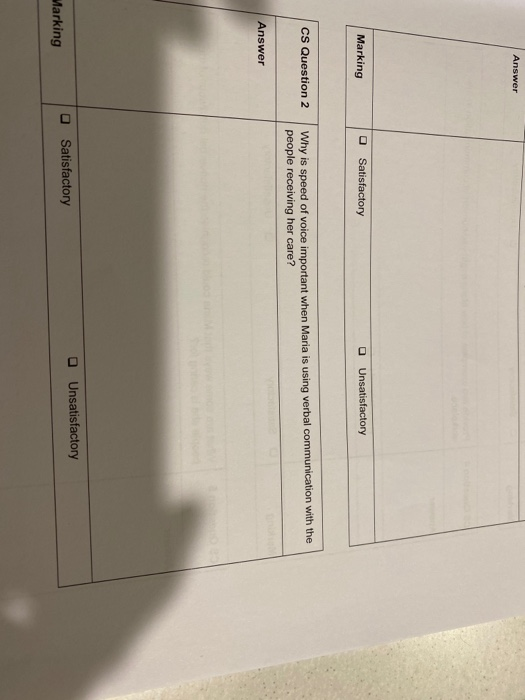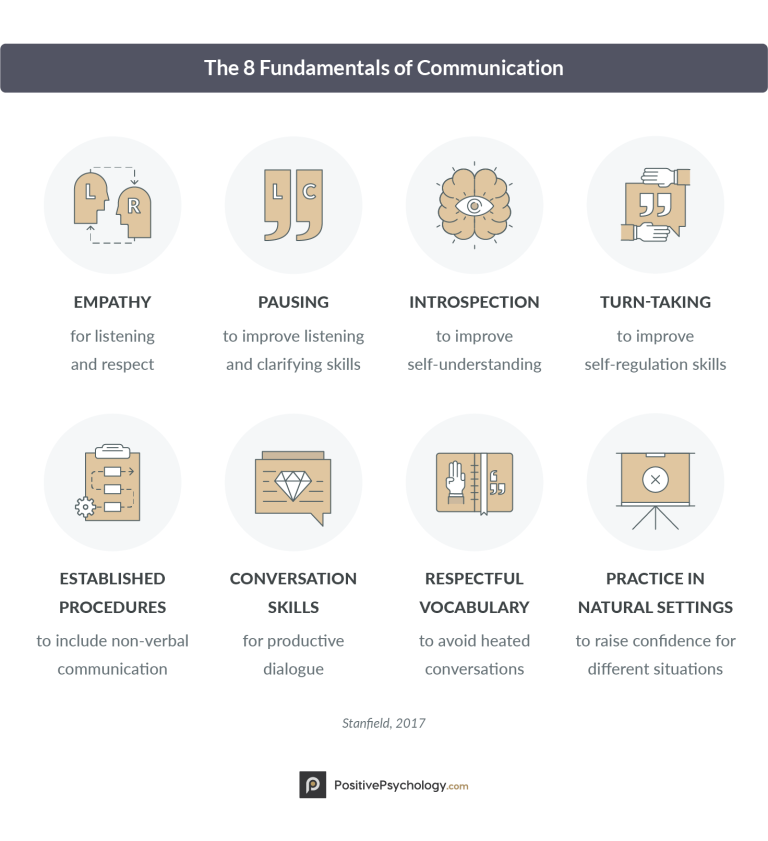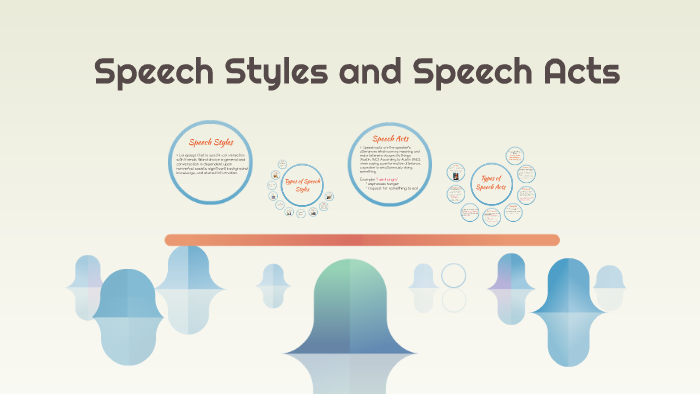Data Visualization And Communication
Data visualization and communication are essential for effectively presenting complex information in a visually appealing and easily understandable manner. Through the use of charts, graphs, and other visual elements, data can be transformed into meaningful insights that can be easily comprehended and communicated to a wide range of audiences.
With the ability to quickly grasp key information and trends from visual representations, data visualization plays a crucial role in decision-making, problem-solving, and communication in various fields, including business, science, and journalism. By transforming raw data into informative visual narratives, data visualization aids in better understanding and analysis, facilitating effective communication and decision-making processes.
Benefits Of Data Visualization
Data visualization has numerous benefits. It enhances understanding by presenting complex information in a visual format. It helps in interpreting data by displaying it in a clear and concise manner. Visual representations help in identifying patterns and trends, which may otherwise go unnoticed.
This enables businesses to make informed decisions based on the visual insights gained. Data visualization also improves the decision-making process by allowing stakeholders to easily comprehend and analyze data, leading to faster and more accurate decision-making. Overall, data visualization is a powerful tool that enables effective communication of information, making it an essential component in today’s data-driven world.
Choosing The Right Data Visualization Techniques
Data visualization is crucial for effective communication of information. When it comes to visualizing data, choosing the right techniques is essential. Bar charts are handy for comparing categorical data, while line graphs track changes over time. Pie charts display proportions and percentages, whereas scatter plots analyze relationships between variables.
Heatmaps are useful for visualizing density or intensity levels, and infographics condense complex information. It’s important to select the appropriate visualization technique based on the data you want to present. By utilizing these techniques, you can convey complex data in a more understandable and engaging manner.
With the right visualizations, you can effectively communicate your insights and findings to your target audience. So, make sure to choose the right data visualization technique for optimal communication.
Principles For Effective Data Visualization
Effective data visualization requires simplifying the display by removing unnecessary elements and clutter. The main message should be emphasized to highlight key insights accurately. It is crucial to use appropriate scales and axes to ensure the accurate representation of data.
Intelligent incorporation of color can enhance differentiation and emphasis within the visualization. Providing clear context and labels further enables easy interpretation of the information displayed. Following these principles helps to create engaging and easily understandable visualizations that effectively communicate data to the audience.
Designing Engaging And Interactive Visualizations
Designing engaging and interactive visualizations involves choosing the right tools and software. By creating aesthetically pleasing visuals and incorporating interactive elements, users can explore the data more effectively. It is crucial to ensure accessibility for all users, making the visualizations inclusive and user-friendly.
Additionally, optimizing performance for large datasets is essential to provide a seamless experience. By following these guidelines, visualizations become powerful communication tools, conveying information efficiently and engaging the audience. With the right design choices, combining functionality, aesthetics, and accessibility, data visualization becomes an effective means of communication in various fields, from business analytics to scientific research.
Data Storytelling: Communicating Insights Effectively
Data storytelling enables effective communication of insights. It involves understanding the target audience and crafting narratives that resonate. By presenting data logically and coherently, readers can easily follow the story. Visual cues such as charts and graphs guide attention and enhance comprehension.
Incorporating annotations and explanations further aids understanding. By following these practices, data visualization becomes a powerful tool for effectively conveying insights to diverse audiences. Whether for business presentations or academic research, data storytelling facilitates clear and impactful communication. When implemented correctly, it enables readers to grasp complex information and engage with the data on a deeper level.
In the age of information overload, the ability to tell compelling stories with data is essential for capturing attention and driving understanding. So, embrace data storytelling and unlock the power of visual communication.
Common Pitfalls To Avoid In Data Visualization
Data visualization and communication are crucial in effectively conveying information. However, there are common pitfalls to avoid. One such mistake is misrepresenting data or distorting visuals, which can lead to a false understanding. Overcomplicating with unnecessary embellishments only serves to confuse viewers.
Cluttering the visualization with excessive information can overwhelm the audience. Another pitfall is failing to provide adequate context and explanation, leaving viewers perplexed. Lastly, ignoring usability and accessibility considerations can limit the reach of the visualization. To create impactful visualizations, it is important to be mindful of these pitfalls and prioritize clear, accurate, and user-friendly representations of data.
By avoiding these mistakes, we can ensure that our visualizations effectively communicate the intended message.
Trends And Innovations In Data Visualization
Data visualization and communication have witnessed significant advancements in recent years. One notable trend is the emergence of interactive dashboards and real-time visualizations, allowing users to explore and analyze data more intuitively. Another development is the integration of virtual and augmented reality applications, providing immersive and engaging experiences.
Furthermore, mobile-friendly and responsive designs have become increasingly important for reaching wider audiences on various devices. The utilization of artificial intelligence and machine learning technologies has also transformed data visualization, enabling intelligent insights and predictive capabilities. Lastly, the adoption of open-source tools and collaborative platforms has enhanced the accessibility and collaborative nature of data visualization projects.
These trends and innovations have revolutionized data presentation, making it more impactful, insightful, and user-friendly.

Credit: www.vecteezy.com
Frequently Asked Questions For Data Visualization And Communication
What Is Data Visualization And Communication?
Data visualization and communication refers to the presentation of information in graphical or visual formats for easy understanding and effective communication.
How Data Visualization Helps In Communication?
Data visualization enhances communication by presenting complex information in a visual format, making it easier to understand.
What Is Data Visualization And Communication In Business Analytics?
Data visualization and communication in business analytics involves presenting complex data in visually appealing and easily understandable formats.
What Are The 3 C’S Of Data Visualization?
The 3 C’s of data visualization are clarity, conciseness, and context.
Conclusion
Data visualization and communication play a crucial role in transforming complex data into meaningful insights. By effectively visualizing data, businesses can communicate their message more clearly, make informed decisions, and drive success. With the use of various tools and techniques, data visualization simplifies complex information and presents it in a visually appealing manner.
This not only enhances understanding but also engages the audience, making it easier for them to comprehend and interpret the data. Additionally, data visualization enables businesses to identify patterns, trends, and correlations that may not be immediately apparent in raw data.
This empowers organizations to uncover valuable insights and make data-driven decisions that can positively impact their bottom line. Whether it’s presenting sales figures, analyzing market trends, or monitoring website performance, data visualization improves communication and empowers businesses to leverage the power of data effectively.
By following best practices and considering the audience’s needs, data visualization and communication can elevate businesses to new heights of success.




